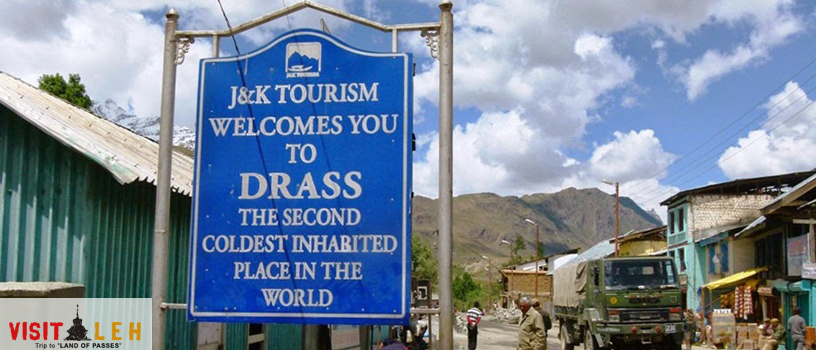
This shot has been taken on entering the peripherals of Drass. Drass is said to be the coldest place after Siberia with temperature falling to 590 degrees centigrade during peak winter. Drass is a large village with small clusters of huts scattered over a valley. The inhabitants are Dards and Baltis.
Geographically, the region of Drass clearly shows a steep demarcation from the Kargil valley with barren hills covered with snow. Ferocious winds are known to bring snowstorms that can cover entire villages under them. Around 500 A.D., when the Tibetan armies invaded the Ladakh region, the original inhabitants of Drass region called Dards, were converted to Buddhism. However, isolated pockets of their original heritage still remain.
The Dards today are Sunni Muslims while the Baltis are Shias. There are also some other communities who are Buddhists. Drass is situated at 10,144 ft and is difficult to access even under normal circumstances. The Tibetans call Dras “Hembabas.”






